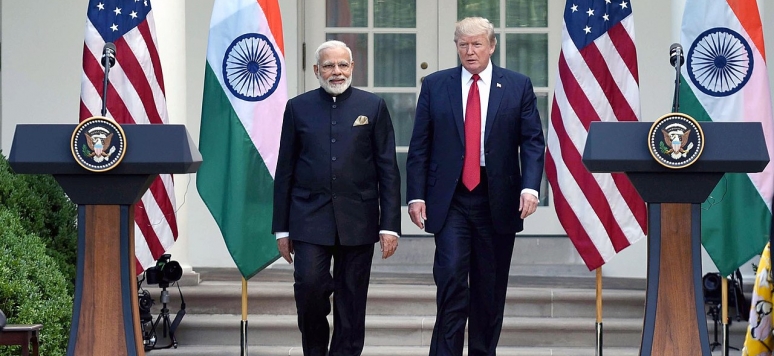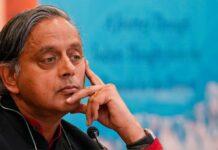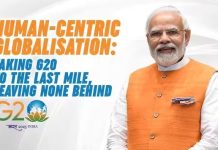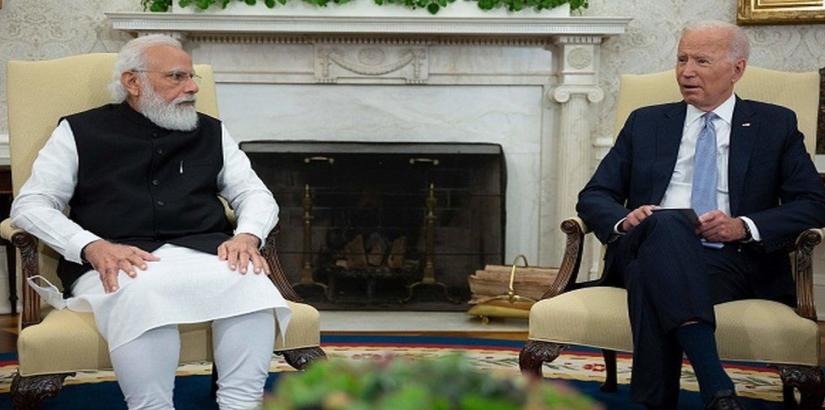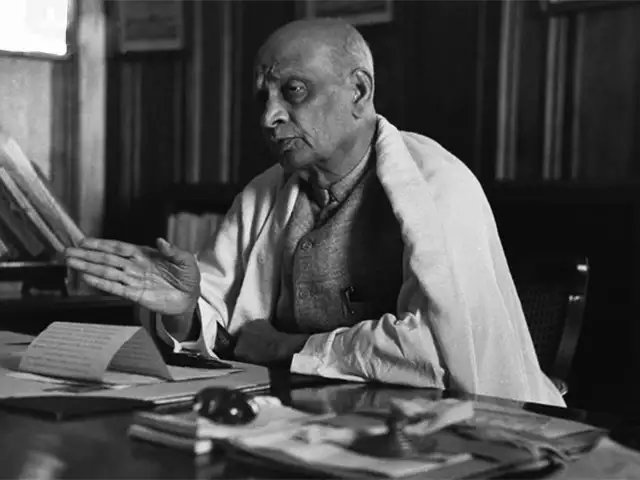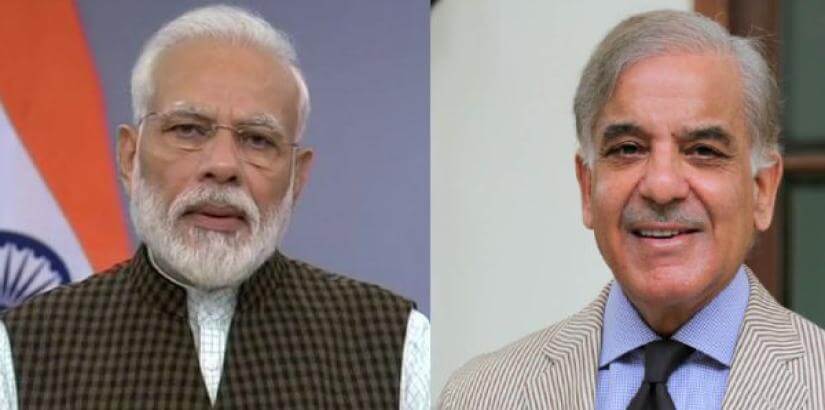FRANK ISLAM
India and the United States of America are the two largest democracies in the world. For most of this 21st century, they have served as solid examples for others to follow. The same cannot be said for their delivery of healthcare. The World Health Organization (WHO) provided its first and only ranking of health systems in 2000. The US ranked 37 and India ranked 112 out of 191 countries.
The current coronavirus crisis, which the WHO declares has the potential of becoming a pandemic illustrates the need for a world-class health care system. Both India and the US have coronavirus cases. India has responded quickly by putting a systemic nation-wide plan in place to combat the virus. The US has responded very slowly as President Donald Trump has politicized the issue, dismissed its importance and even labeled it a “new hoax”.
Although there have been distinctly different responses by the US and India to the coronavirus epidemic and there was a substantial distance between their rankings in both cited studies, there are differences and similarities in the healthcare delivery in these two democracies. More importantly, there are lessons that they can learn from each other to enhance the healthcare delivered to and health of their citizens.
According to various reports, the US spends close to 18 per cent of its GDP on healthcare compared to less than just 4 per cent of GDP by India. The average expenditure per capita in the US more than $10,000 in the US and less than $100 in India.
This disparity is heightened by the fact that because a majority of Americans have some form of insurance coverage — only 10 to 12 per cent have to pay for healthcare out of their own pockets. In contrast, around 70 per cent of Indians do not have any health insurance. So, they have to pay out of their own pocket for medical services.
In the US and India alike, there are far too few medical facilities and medical professionals in rural areas. There used to be an adequate supply in the US but they have disappeared over the past few decades. There have never been enough in India in the rural areas where over 66 per cent of the citizens reside.
Those who fare most poorly in both the US and India are the poor. In the US, poor adults are five times as likely as those with good incomes to report being in fair or poor health. In India, a recent study found that the poor in the poorer states made higher use of public health services but were still paying higher out of pocket expenses than those in states that were more well off.
These similarities and differences highlight potential areas to address to improve healthcare delivery in both countries. And, even though neither the US nor India are at the top of the list, they still have positive healthcare lessons they can teach each other.
From America for India, there is Medicare and the Affordable Care Act (ACA). Medicare was signed into law in 1965 primarily to provide health insurance to adults 65 years and older to ensure they had access to quality healthcare as they age. In 2018, it covered more than 52 million Americans.The Affordable Care Act was signed into law by President Barack Obama in 2010..
In 2018, the Modi administration launched its Ayushman Bharat scheme to provide a comprehensive form of insurance coverage to the approximately 300 million Indians living in poverty and those in rural areas. This was an important step forward.
The budget for this fiscal year announced on February 1 advances that step by allocating funds to establish more hospitals in Tier II and Tier III cities. The budget also proposes to address the shortage of medical professionals throughout the country by converting existing hospitals to medical colleges and implementing a “special bridge course” for the development of general physicians and specialists.
These are moves in the right direction. India should carry on with them and other efforts and new initiatives to make its healthcare system one of the finest in the world. The US should do the same. This must be the case because in the final analysis, a healthy democracy depends on the health of its people. If they are cared for, they will care for their country and the democracy will thrive.
(Frank F. Islam is an entrepreneur, civic and thought leader based in Washington DC. The views expressed here are personal)

